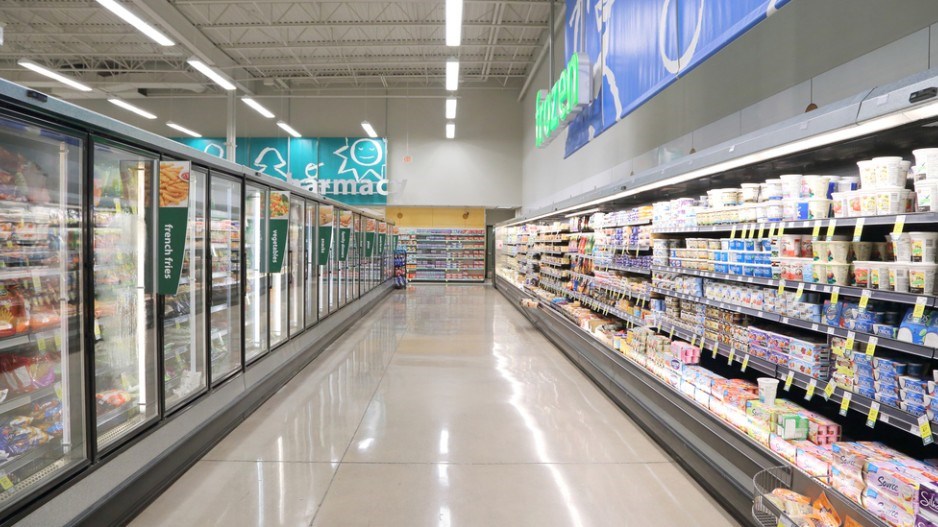One of the areas of BC that produces a significant percentage of eggs and milk consumed in the Lower Mainland is one of the areas that has been hardest hit by flooding: Abbotsford.
With many egg and dairy farms in the Sumas Prairie area of Abbotsford either forced to evacuate or unable to get their produce to markets or processors, due to impassable roads, there could be some short-term shortages, and consumers are being asked to buy only what they need.
“There’s probably hundreds of farms that have been affected by flooding,” BC Agriculture Minister Lana Popham said Wednesday.” Some are still under water, some are on dry locations, and we have thousands of animals have perished.”
Eighty per cent of the egg production in B.C. comes from Abbotsford and Chilliwack, concentrated in two areas that are heavily flooded: Sumas Prairie in Abbotsford and the Yarrow district of Chilliwack.
And of the 470 dairy farms in B.C., 380 of which are in the Lower Mainland-Fraser Valley. Fifty-nine dairy farms in the Sumas Prairie area had to be evacuated.
“The production from those farms are temporarily lost,” said Holger Schwichtenberg, a dairy farmer in Agassiz and board member of the BC Dairy Association.
While some of the cows were taken in by other dairy farmers, it’s believed some cows did not make it out alive.
Schwichtenberg, who took in 40 dairy cows from Abbotsford farms, has heard second-hand that there were some dairy cows that died as a result of the flooding.
“But I’ve got no handle on the total number,” he said.
Likewise, some egg producers are believed to have lost laying hens to flooding.
“We do have quite a number of farms in the two evacuation zones,” said Amanda Brittain, director of communications and marketing for the BC Egg Marketing Board. “We know there has been some loss but we do not know the extent of it yet.
“Not all of them are in the evacuation zones,” she added. “We have lots of farms that are high and dry and operating as normal.”
But even those farms that aren’t flooded will have issues with logistics.
“The major egg grader in the province is in Abbotsford,” Brittain said. “So the trucks are not able to get to the farm to pick up the farm to pick up the eggs to take them to the grading station.”
All egg producers have large walk-in coolers, she said, so the eggs will not go to waste and can be stored for days.
It’s a different story for milk, and dairy farmers have already had to dispose of milk because there was no way to get it to the pasteurization plants scattered throughout the Lower Mainland.
Milk is typically picked up every two days and taken to processing plants in the Lower Mainland around B.C. for pasteurization.
“Tuesday night it was not picked up because the transporter could not get here,” Schwichtenberg said. “So then we had to dispose of the milk.”
About 75% of the milk produced in B.C. over two days was not picked up and would have gone to waste, he said.
“There’s going to be a hiccup,” he said. “Right now, with highways one, three and five impassable, there’s also no way of getting the Okanagan milk to the Lower Mainland for processing, or the Bulkley Valley.”
In other words, there could be temporary shortages of milk and eggs on Lower Mainland grocery store shelves. The situation will be aggravated if people panic and start buying more than they need.
“We’re asking people to use your common sense,” Brittain said. “Just buy what you need for right now. Eggs will be available shortly as that flooding goes down.”




